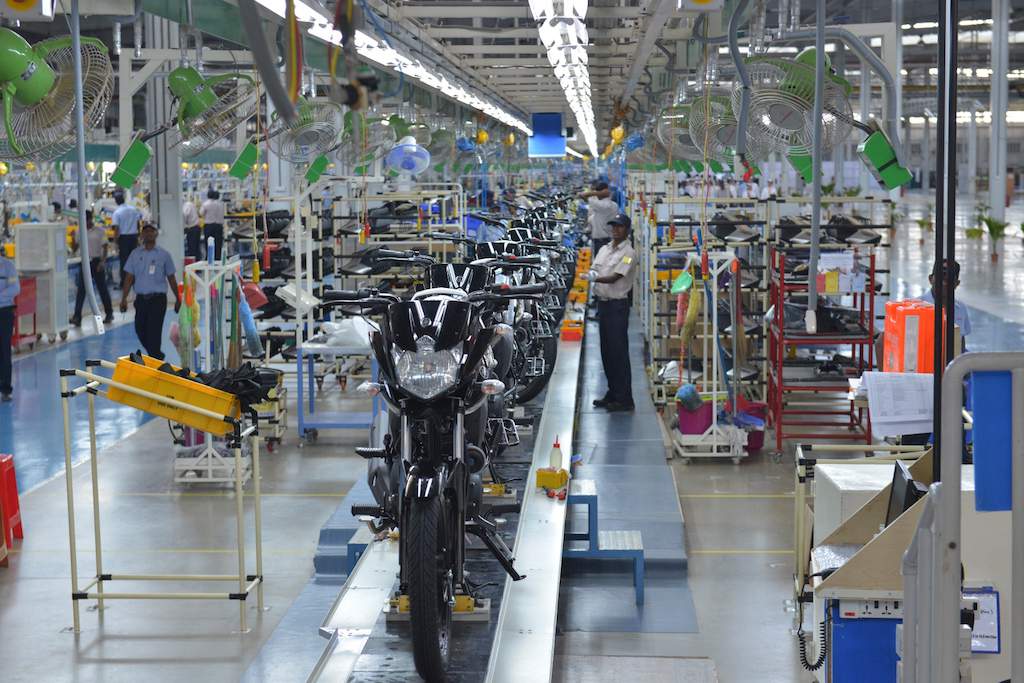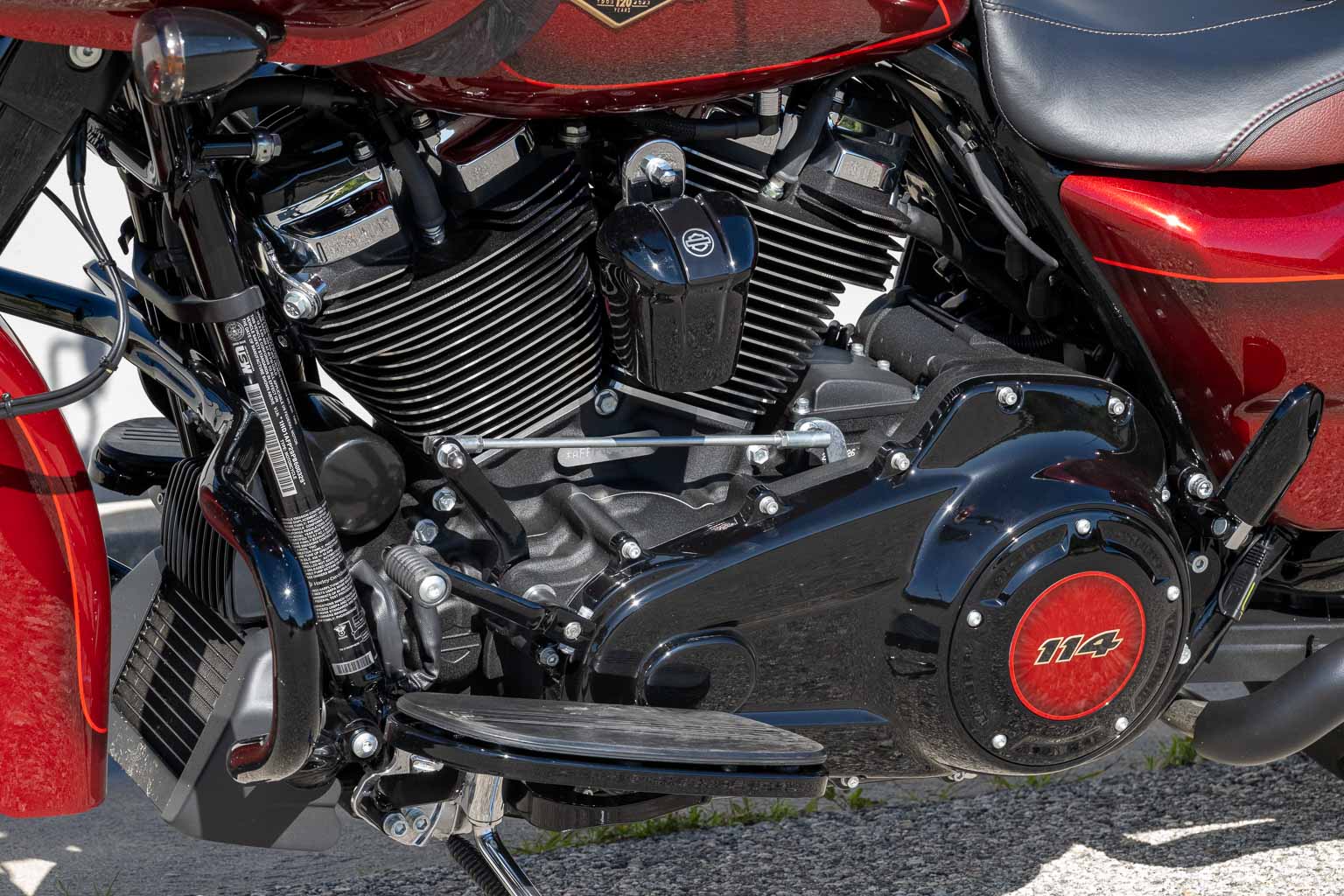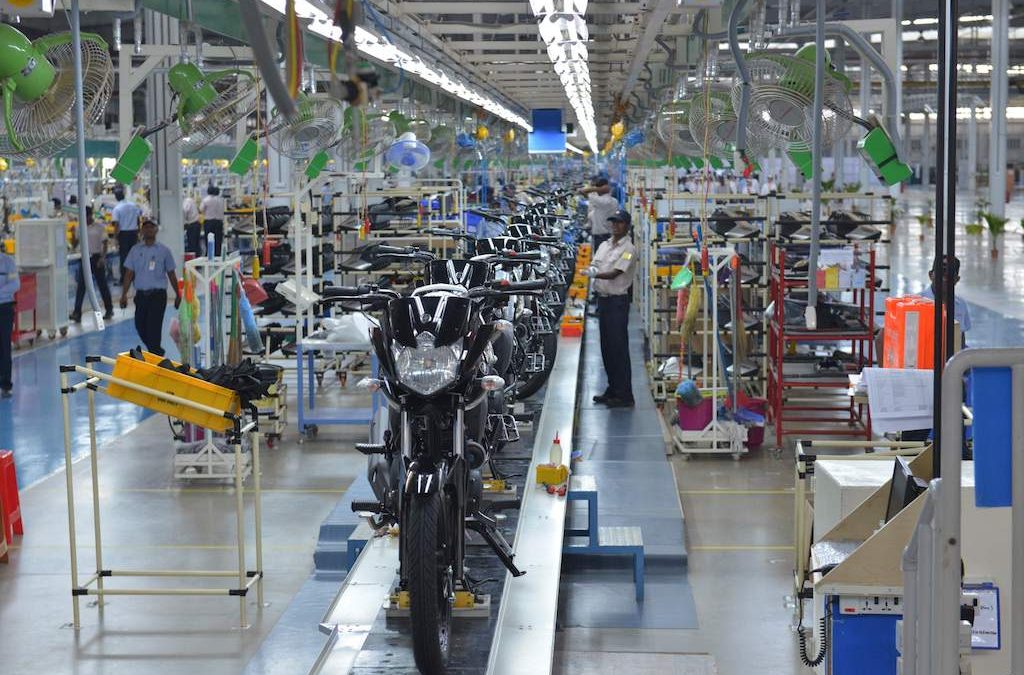Painting a motorcycle tank can be a tremendously rewarding experience. It’s here that the real customization begins, allowing you to reflect your personal style and create something truly unique. Not only does painting your motorcycle tank make it stand out, but it also protects the tank from environmental elements, ensuring longevity.

Why Paint Your Motorcycle Tank?
For all motorcycle enthusiasts, whether seasoned or budding, knowing how to paint a motorcycle tank is a valuable skill. Not only does it help in keeping the motorcycle looking new, fresh, and unique, but it also offers protection. When you paint your motorcycle tank, you not just give it a new lease on life, but you also protect it from rust, dents, and scratches.
Gathering the Necessary Supplies
Painting Essentials
Before diving into the process, it’s essential to gather all necessary materials. Here are the basics:
- Primer
- Basecoat
- Clearcoat
- Sandpaper (different grits)
- Respirator mask
- Paint spray gun or aerosol paint cans
- Painter’s tape
- Drop cloths or plastic sheets
- Tack cloth
Preparation Steps
Removing the Tank
Before you can start painting, you’ll need to remove the motorcycle tank. Make sure to drain out all fuel and disconnect any fuel lines carefully. Keep all screws and connectors in a safe place to ensure a smooth reassembly.
Cleaning the Tank
It’s critical to clean the tank thoroughly. Use a degreaser to remove any dirt, grease, or oil. A clean surface ensures the paint will adhere properly.
Stripping the Old Paint
Use sandpaper to strip off the old paint. Start with a coarser grit to remove the bulk of the paint, then move to a finer grit to smooth out the surface. This step is vital for ensuring that the new paint adheres well.
The Painting Process
Applying the Primer
Priming is the first step in the actual painting process. Apply a coat of primer evenly over the tank. Allow it to dry thoroughly before sanding it lightly to create a smooth surface for the basecoat.
Applying the Basecoat
Once the primer is dry and smooth, it’s time to apply the basecoat. Use even, steady strokes to cover the entire tank. Several coats may be needed to achieve the desired color depth. Allow each coat to dry before applying the next one.
Applying the Clearcoat
The clearcoat is crucial for protecting the paint and giving it a glossy finish. Apply it in thin layers and allow it to dry completely between coats. A well-applied clearcoat can make a big difference in long-term durability.
Finishing Touches
Detailing and Buffing
Once the clearcoat is fully dry, use a fine grit sandpaper or a polishing compound to buff the surface. This step will give your tank a professional finish.
Reattaching the Tank
Carefully reattach the painted tank to your motorcycle. Ensure all connectors are securely fastened.
Common Mistakes to Avoid
Skipping Surface Preparation
Never skip the cleaning and sanding steps. Proper surface prep is crucial for paint adhesion.
Rushing the Process
Always allow adequate drying time between coats. Rushing this process can lead to poor results.
External Tips and Resources
For further information and tips, consider visiting this external resource.
Internal Resources
Find more detailed guides and tips from our related articles on Speed Analysis, Wafer Polishing, Manufacturing Inspection.

FAQ
1. Is it difficult to paint a motorcycle tank?
No, with the right tools and patience, painting a motorcycle tank can be straightforward. Follow the steps outlined here for best results.
2. How many coats of paint should I apply?
Typically, 2-3 coats of basecoat and 2 coats of clearcoat should suffice. However, this might vary depending on the desired finish.
3. Can I use aerosol cans for painting?
Yes, aerosol cans are a convenient option for painting your motorcycle tank. Make sure to choose high-quality paint for durability.
